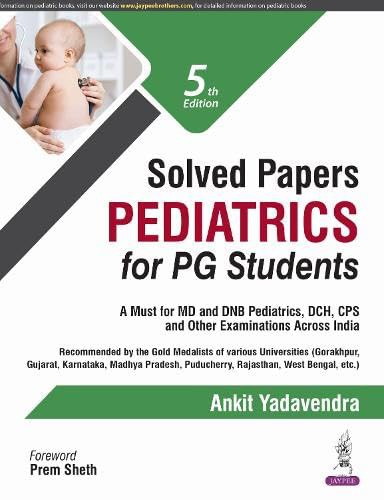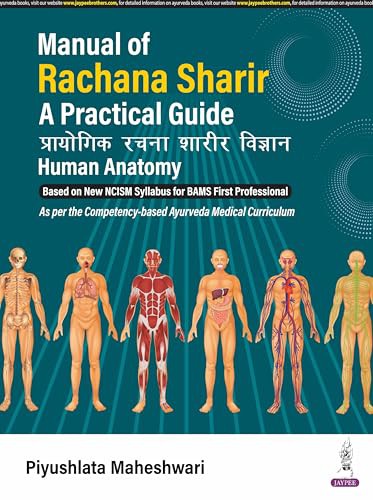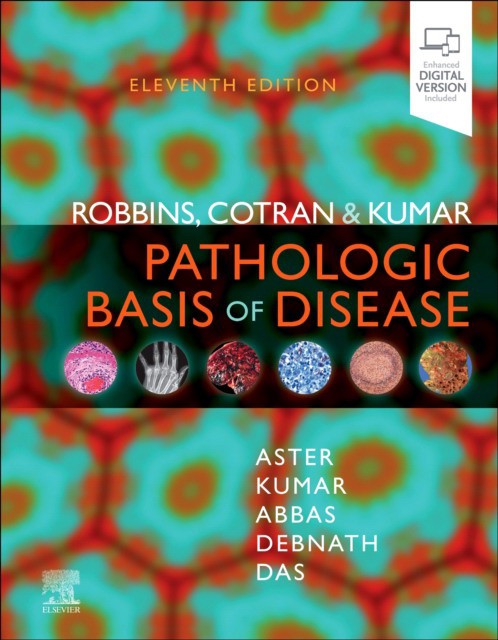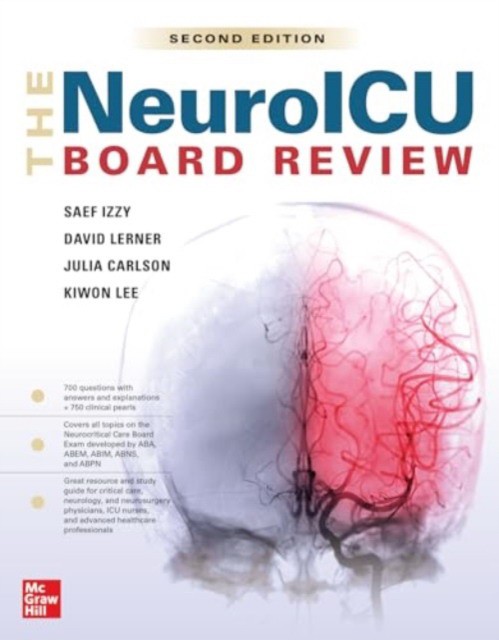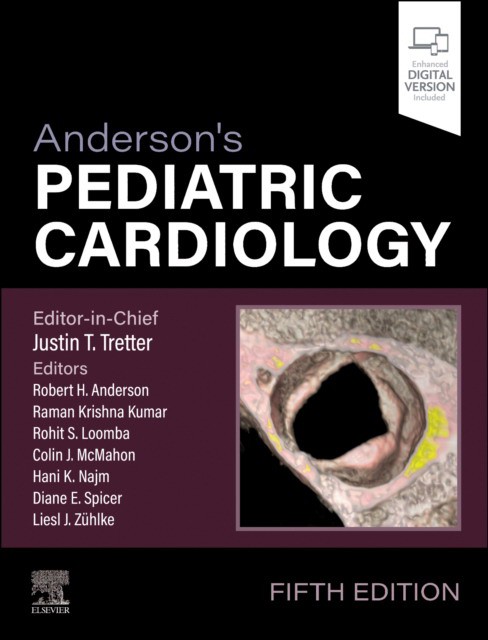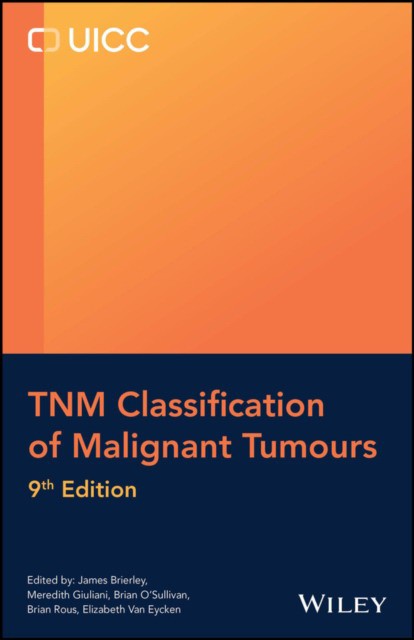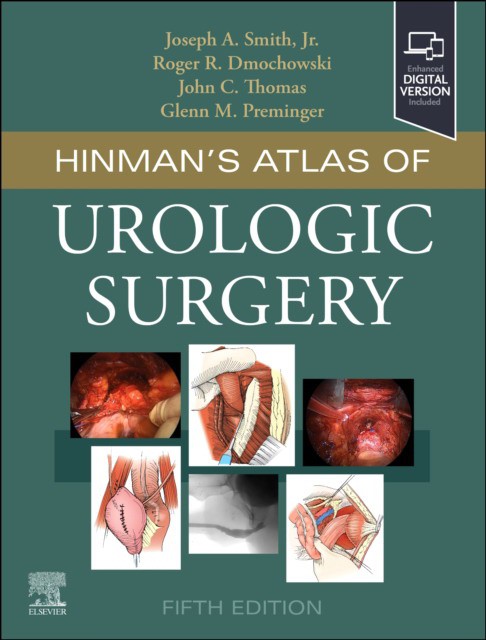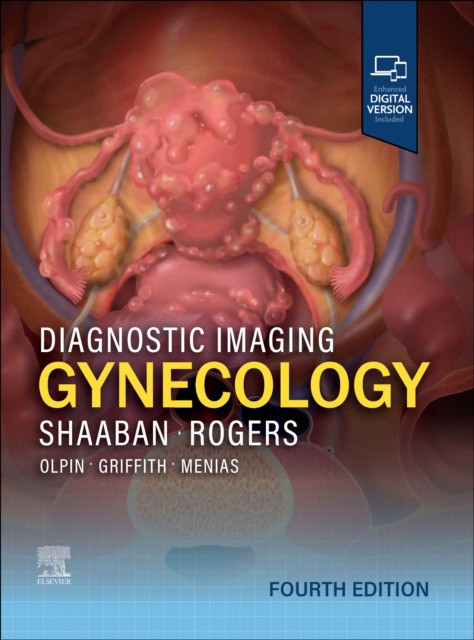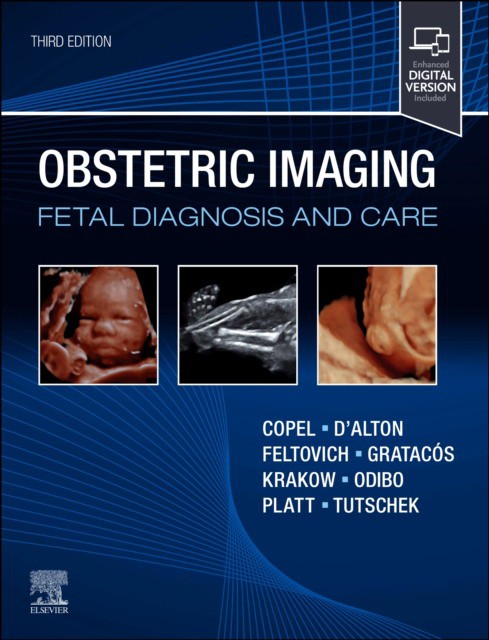
ISBN: 9783030480790
Код товара 125269
Medical quality management

ISBN: 9783030480790
Код товара 125269
XML_ID: 15138667
-
Автор
Angelo P. Giardino, Lee Ann Riesenberg, Prathibha Varkey
-
Издатель
Springer
-
Тип обложки
Hardcover
-
Размеры
23.39 x 15.60 x 2.24 cm
-
Год издания
2020
-
Вес (г)
758
-
ISBN
9783030480790
-
Язык
ENG
-
Кол-во страниц
367
О чём книга?
Chapter 1
Basics of Quality Improvement 5Executive Summary 5Learning Objectives 6The History of the Health Care Quality Management Movement: Past to Present 6The Purpose and Philosophy of Quality Management 9Tools for Quality Improvement 10Lean 21Challenges to Successful Quality Improvement 24
Chapter 1 sets the tone and foundation for the book by highlighting the basic historical drivers of medical quality assurance and quality improvement by reviewing the major concepts and common applications of quality improvement (QI) methods and strategies, and by outlining the challenges and opportunities within the rapidly evolving field of medical quality management. The chapter opens the door to a sometimes-complex field of quality measurement methods and systems, operational processes, and strategies. Chapter 2Quality Measurement 31Executive Summary 31Interpreting Quality Measures 40Quality Measurement in the Digital Age 41
Chapter 2 focuses on the history, types, characteristics, processes, and interpretations of quality measurements. This chapter provides a framework for understanding the basic components of quality measurement within direct care and policy-making settings, exemplified by illustrative case studies and provides new information on the criteria for successful process measures, bundled measures, and balancing measures. The author effectively correlates the critical interface of quality measurement strategies and methods to areas highlighted in other chapters, especially medical informatics, utilization and quality management, patient safety, and health policy development. Chapter 3Patient Safety 48Executive Summary 48History 49Error as a Systems Issue 49Active Failures 50Medication Errors 52Strategies to Prevent Medication Errors 55Common Risks to Patient Safety 57Perioperative Complications and Iatrogenic Injuries 57Infections 59Site-Specific Infection Prevention 59Patient Safety Tools 60Retrospective Event Analysis 62Operational Interventions to Prevent Error 65Decision Support Systems 66Teamwork and Crew Resource Management 66Bundled Intervention and Patient Safety Collaboratives 68Future Trends 68
Chapter 3 provides a detailed overview of the major patient safety concepts; specific, high-profile medication errors and failures; and causal factors including analysis methodologies and root-cause analysis strategies. The chapter discusses perioperative complications and iatrogenic Injuries, care transitions, bundles and patient-safety collaboratives, techniques and tools for systematic patient safety enhancement (PSE), and future trends in patient safety measures. The authors also focus on attributes of high-reliability organizations and operational interventions for PSE and the national momentum towards substantive investments in patient safety promotion tracking and educational systems representing a true megatrend in health care and a core area of focus in medical quality management (MQM). Chapter 4Health Informatics 78Executive Summary 78Learning Objectives 79History: The Evolution of Health Informatics in the United States 79Health Informatics 80
Chapter 4 addresses updated developments and challenges within medical informatics, a central component of MQM that has become a pivotal aspect of health care in the 21st century. The authors concretely summ
Basics of Quality Improvement 5Executive Summary 5Learning Objectives 6The History of the Health Care Quality Management Movement: Past to Present 6The Purpose and Philosophy of Quality Management 9Tools for Quality Improvement 10Lean 21Challenges to Successful Quality Improvement 24
Chapter 1 sets the tone and foundation for the book by highlighting the basic historical drivers of medical quality assurance and quality improvement by reviewing the major concepts and common applications of quality improvement (QI) methods and strategies, and by outlining the challenges and opportunities within the rapidly evolving field of medical quality management. The chapter opens the door to a sometimes-complex field of quality measurement methods and systems, operational processes, and strategies. Chapter 2Quality Measurement 31Executive Summary 31Interpreting Quality Measures 40Quality Measurement in the Digital Age 41
Chapter 2 focuses on the history, types, characteristics, processes, and interpretations of quality measurements. This chapter provides a framework for understanding the basic components of quality measurement within direct care and policy-making settings, exemplified by illustrative case studies and provides new information on the criteria for successful process measures, bundled measures, and balancing measures. The author effectively correlates the critical interface of quality measurement strategies and methods to areas highlighted in other chapters, especially medical informatics, utilization and quality management, patient safety, and health policy development. Chapter 3Patient Safety 48Executive Summary 48History 49Error as a Systems Issue 49Active Failures 50Medication Errors 52Strategies to Prevent Medication Errors 55Common Risks to Patient Safety 57Perioperative Complications and Iatrogenic Injuries 57Infections 59Site-Specific Infection Prevention 59Patient Safety Tools 60Retrospective Event Analysis 62Operational Interventions to Prevent Error 65Decision Support Systems 66Teamwork and Crew Resource Management 66Bundled Intervention and Patient Safety Collaboratives 68Future Trends 68
Chapter 3 provides a detailed overview of the major patient safety concepts; specific, high-profile medication errors and failures; and causal factors including analysis methodologies and root-cause analysis strategies. The chapter discusses perioperative complications and iatrogenic Injuries, care transitions, bundles and patient-safety collaboratives, techniques and tools for systematic patient safety enhancement (PSE), and future trends in patient safety measures. The authors also focus on attributes of high-reliability organizations and operational interventions for PSE and the national momentum towards substantive investments in patient safety promotion tracking and educational systems representing a true megatrend in health care and a core area of focus in medical quality management (MQM). Chapter 4Health Informatics 78Executive Summary 78Learning Objectives 79History: The Evolution of Health Informatics in the United States 79Health Informatics 80
Chapter 4 addresses updated developments and challenges within medical informatics, a central component of MQM that has become a pivotal aspect of health care in the 21st century. The authors concretely summ
Отзывы
К сожалению, отзывов пока нет.
Подпишись на рассылку
Подпишись на рассылку
Знание — сила
Обещаем делиться новинками, статьями, подборками и всем, что действительно важно
P.S. спамить — не в нашем стиле





